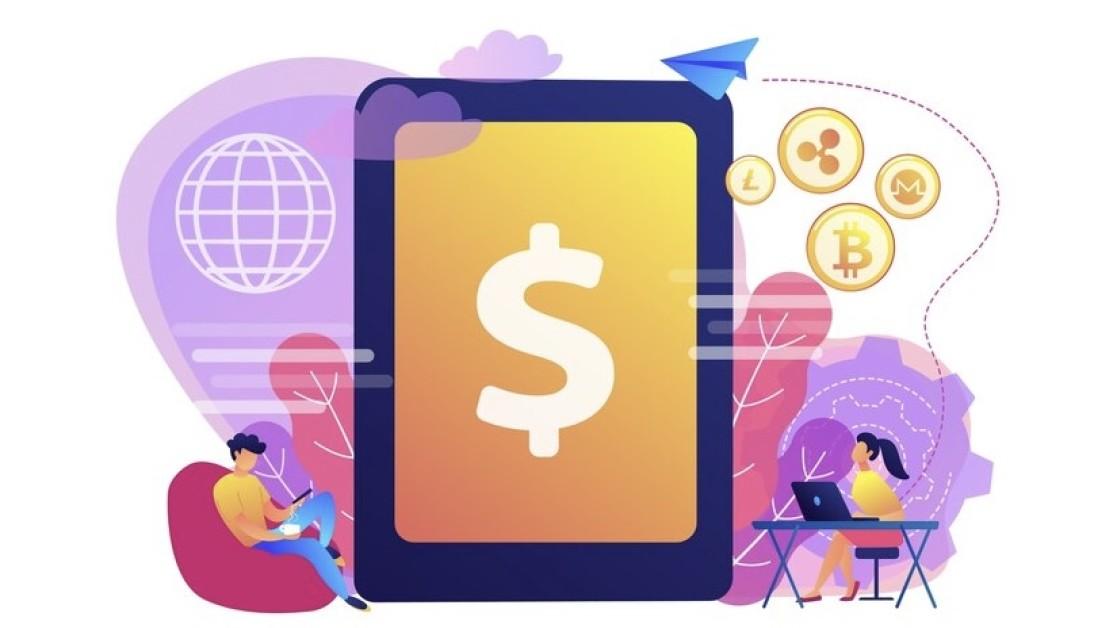In our modern, rapid-paced society, unforeseen financial crises can occur suddenly, necessitating immediate access to funds for individuals. This is where money-borrowing apps have stepped in, offering a convenient solution for those seeking a quick influx of cash. These apps have gained popularity due to their user-friendly interfaces and streamlined processes, allowing users to borrow money with just a few taps on their smartphones.
Understanding Money-Borrowing Apps
Money-borrowing apps are digital platforms that facilitate short-term loans for individuals in need of immediate financial assistance. These apps generally operate by connecting borrowers with lenders, which can be traditional financial institutions or peer-to-peer lending networks. The process typically involves creating an account, providing necessary personal and financial information, and submitting a loan request.
How Do Money-Borrowing Apps Work?
1. Registration and Verification
The first step in using a money-borrowing app is to register and create an account. This process typically involves providing personal details, such as your name, contact information, and employment status. Some apps may also require you to submit additional documentation to verify your identity and income sources.
2. Loan Application
Once your account is set up, you can proceed to apply for a loan. Most apps offer a user-friendly interface where you can specify the desired loan amount and repayment period. The app will then evaluate your application based on the information provided and your creditworthiness, which may involve checking your credit score and employment history.
3. Loan Approval and Disbursement
If your loan application is approved, the app will disburse the funds directly into your specified bank account or digital wallet. This process is often remarkably fast, with some apps promising to transfer the money within a few hours or even minutes, allowing you to borrow money immediately.
4. Repayment
Money-borrowing apps typically require you to repay the loan within a specified timeframe, which can range from a few weeks to a few months. The repayment process is usually automated, with the app deducting the agreed-upon installments from your linked bank account or digital wallet on the due dates.
Advantages of Money-Borrowing Apps
- Convenience: One of the primary advantages of money-borrowing apps is their convenience. You can apply for and receive a loan from the comfort of your home or on-the-go, without the need to visit a physical location or fill out extensive paperwork.
- Quick Access to Funds: These apps are designed to provide quick access to funds, often within hours or even minutes of loan approval. This can be particularly beneficial in emergencies or when you need immediate financial assistance.
- Flexible Loan Amounts: Money-borrowing apps typically offer a range of loan amounts, from small sums to larger amounts, catering to various financial needs.
- Transparency: Many money-borrowing apps strive to be transparent about their fees, interest rates, and repayment terms, allowing borrowers to make informed decisions before taking out a loan.
- Accessibility and Inclusivity: Money-borrowing apps often provide access to financial services for individuals who may have difficulty obtaining loans through traditional means. This can include people with limited or no credit history, freelancers, gig workers, or those with unconventional income sources. By leveraging alternative data and modern technology, these apps can assess creditworthiness beyond traditional metrics, expanding financial inclusivity.
- Personalization and Customization: Many money-borrowing apps offer personalized loan options tailored to individual financial situations. Through algorithms and machine learning, these platforms can analyze a borrower's financial profile and offer loan terms that best suit their needs. This could include flexible repayment schedules, varying interest rates based on credit risk, or loan products designed for specific purposes like debt consolidation or home improvement. Personalized offerings enhance the borrower experience, ensuring that loans align with their unique financial goals and circumstances.
Potential Drawbacks
While money-borrowing apps offer convenience and quick access to funds, it's important to be aware of potential drawbacks:
- High Interest Rates: Some money-borrowing apps may charge higher interest rates compared to traditional lenders, which can make repayment more costly in the long run.
- Short Repayment Periods: The repayment periods for loans from these apps are often shorter than traditional loans, which may lead to higher installments and potential financial strain if not managed properly.
- Potential for Overborrowing: The ease of access to loans through these apps could lead to overborrowing and debt accumulation if not used responsibly.
- Privacy and Security Concerns: As with any digital platform, there are potential privacy and security risks associated with sharing personal and financial information.
Responsible Borrowing
While money-borrowing apps can be a convenient solution in times of need, it's crucial to approach them with caution and responsibility. Before taking out a loan, carefully review the terms and conditions, understand the fees and interest rates, and assess your ability to repay the loan within the specified timeframe. Additionally, it's essential to use these apps judiciously and not rely on them as a long-term financial solution.
In conclusion, money-borrowing apps have revolutionized the way individuals access short-term loans, offering a convenient and accessible solution for immediate financial needs. However, it's essential to exercise caution, understand the terms and conditions, and use these apps responsibly to avoid potential pitfalls and ensure a positive borrowing experience.


POST A COMMENT (0)
All Comments (0)
Replies (0)